After digging the run over this morning I thought I would get some group photos while all the girls were scratching together. They love a bit of newly turned earth to scratch in.
But each time I was ready to take a photo one girl walked out of shot. First it was Storm and then it was Autumn. The flock are very much together at the moment and seem a really tight group which is lovely.
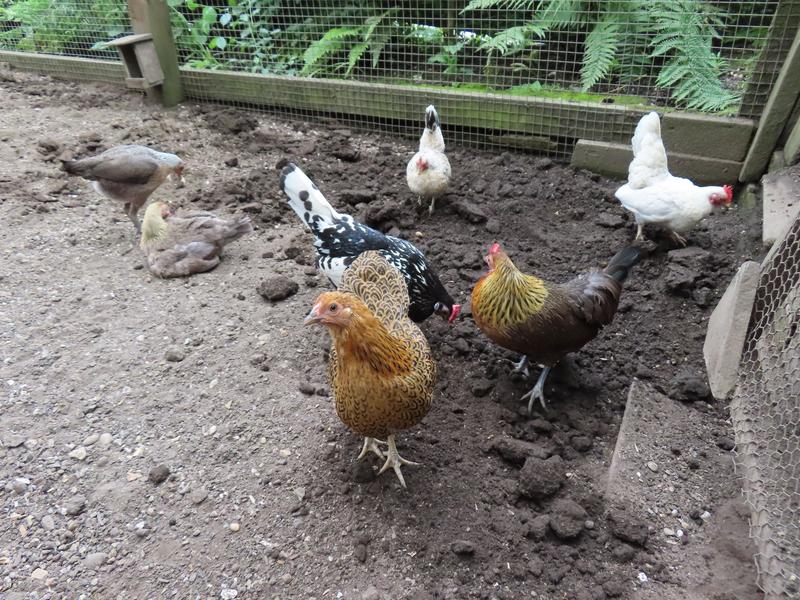
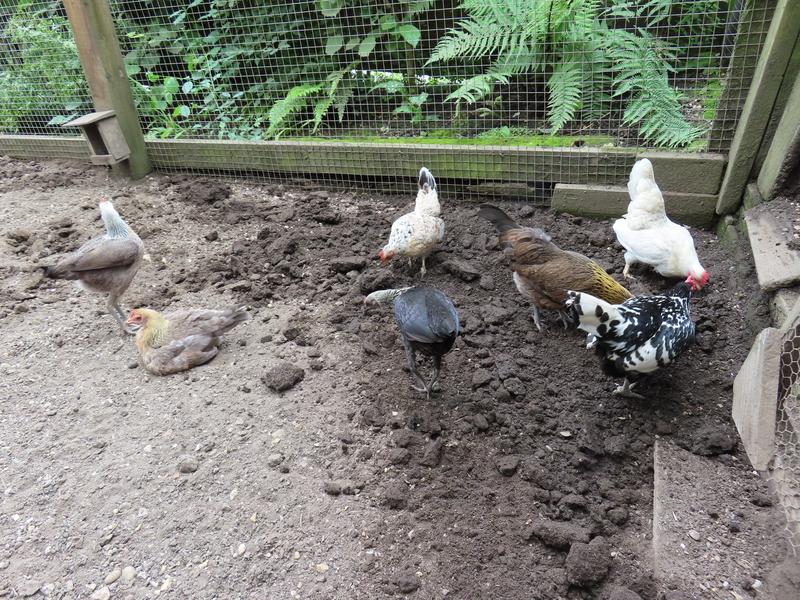
Gold laid her first egg today after a two week break. Dot has slowed down to laying every three or four days. Last year both Dot and Gold stopped laying at the end of August.
Last year Storm stopped laying at the end of July but this year both Storm and Cloud stopped laying at the end of the first week in August. Mango stopped laying at the end of July. I think this is it for the game girls as they have a shorter season although this year Storm actually started laying in February so she has laid for six months which is not bad at all.
Sugar laid a normal egg eight days ago and then a soft shelled egg six days ago. Before she laid it she looked really poorly for the day and once again we thought we were going to lose her. She took herself to bed early and in the morning a broken, soft shelled egg, was under her roost spot. Sugar was out in the run and had bounced back again.
Sugar hasn’t laid since then, whereas she usually lays every other day, so I am really hoping that she may have come to the end of her laying. I checked back on my records and Salmon laid for three years and stopped at this same time of year after laying a soft shelled egg. Sugar has also laid for three years and laid a soft shelled egg at almost the exact same date so I am really hoping that, like Salmon she won’t lay again, which would be so much better for her. It would end the discomfort of laying and the constant broodiness.
Salmon laid 178 eggs in three years and Sugar has laid 134 eggs in three years.
Autumn has grown and has gone from being smaller than Dot to bigger than Dot. She is now our biggest girl but she has a gentle nature.
I have tried to get a snapshot of all the girls.
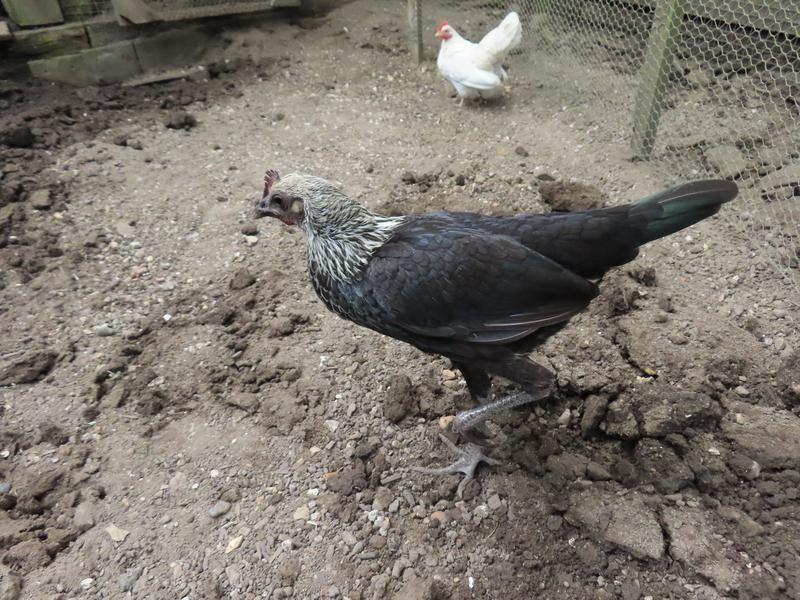
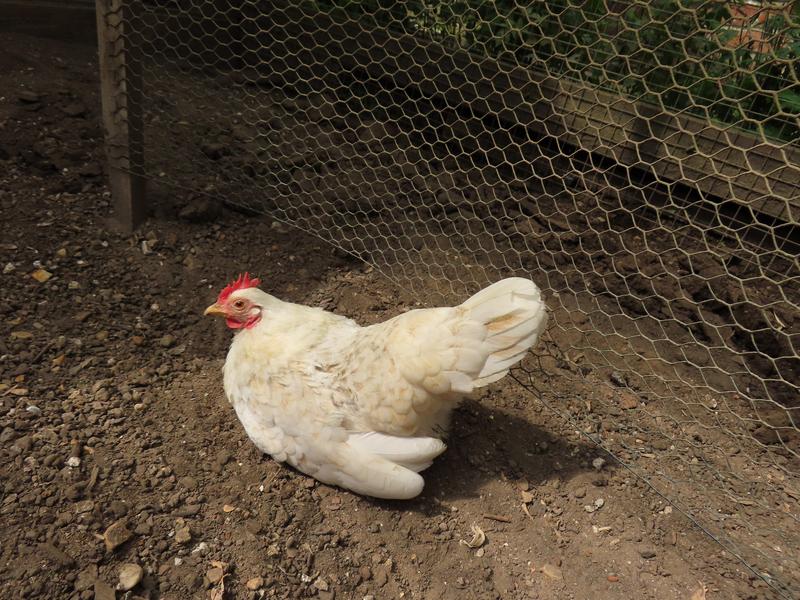
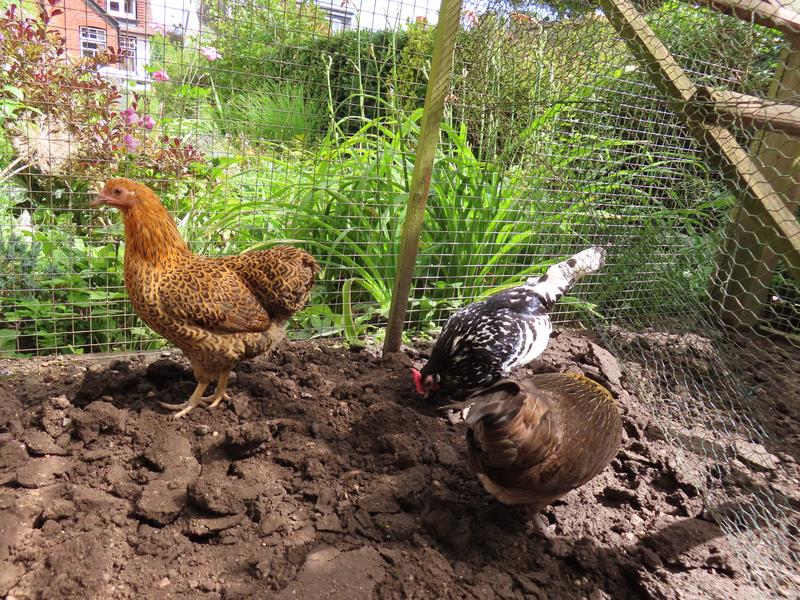
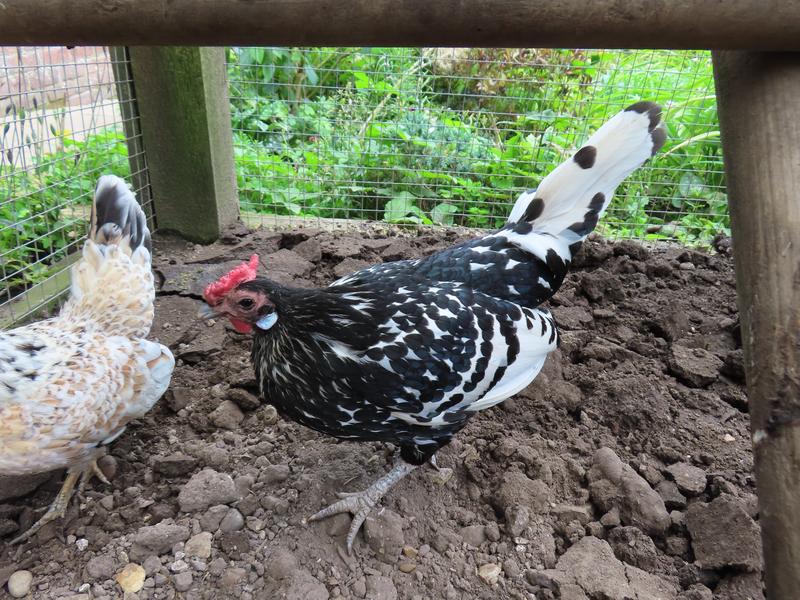
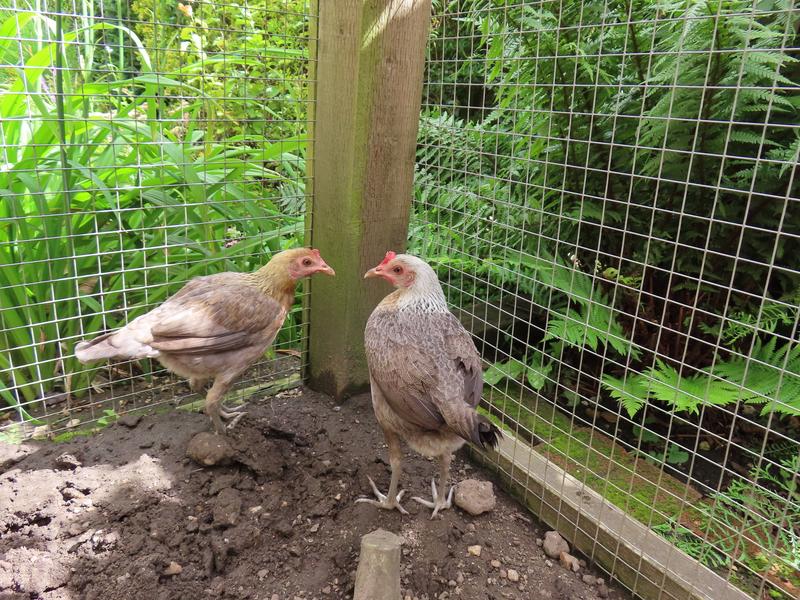
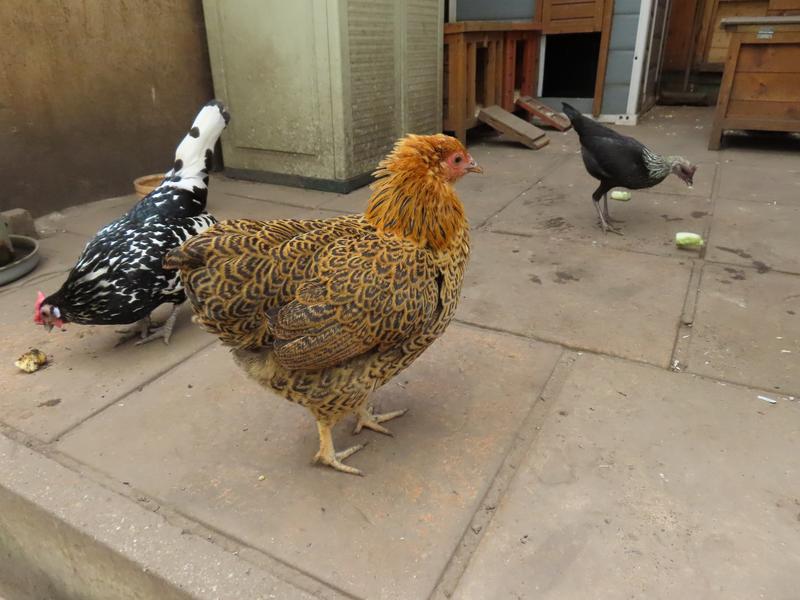
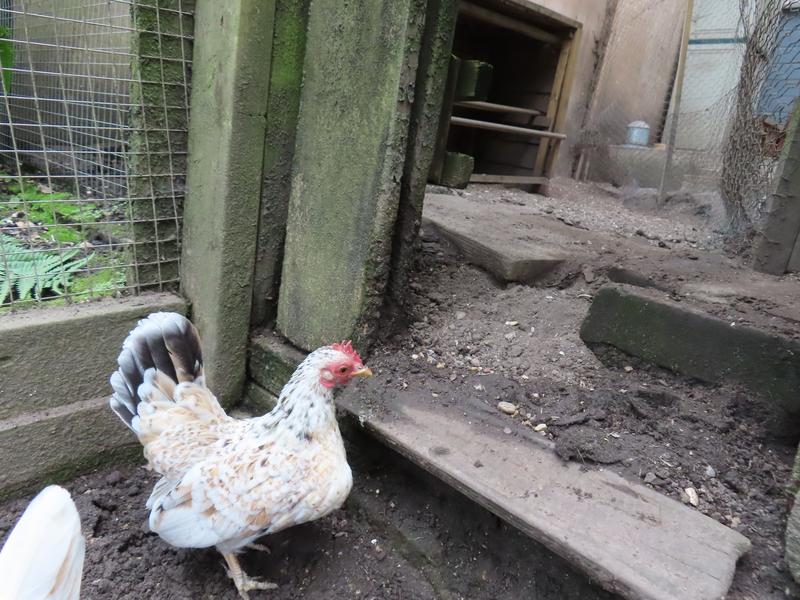
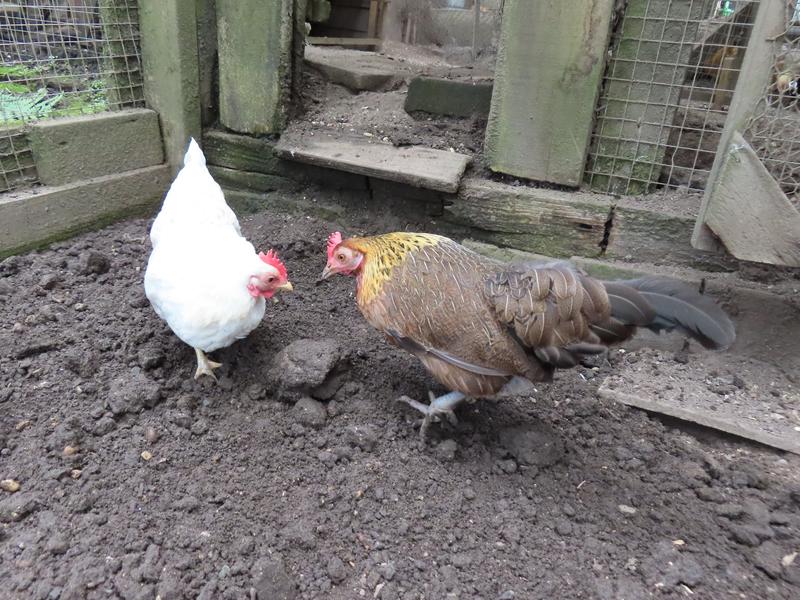
Sugar looks perfectly normal half the time like above and is sitting half the time like the previous photo of her. Salmon is always on her feet and only ever sits if she is sun bathing or dust bathing. I know something is not quite right with Sugar but she hasn’t got any worse and she has a good quality of life.
I think if she has stopped laying she has a good chance of going on like Salmon but if she continues to lay it will be her downfall in the end. But I didn’t think Sugar would still be with us this summer so we just have to wait and see and hope for the best.
I am biased but I do think we have a very lovely flock and any eggs are just an added bonus.

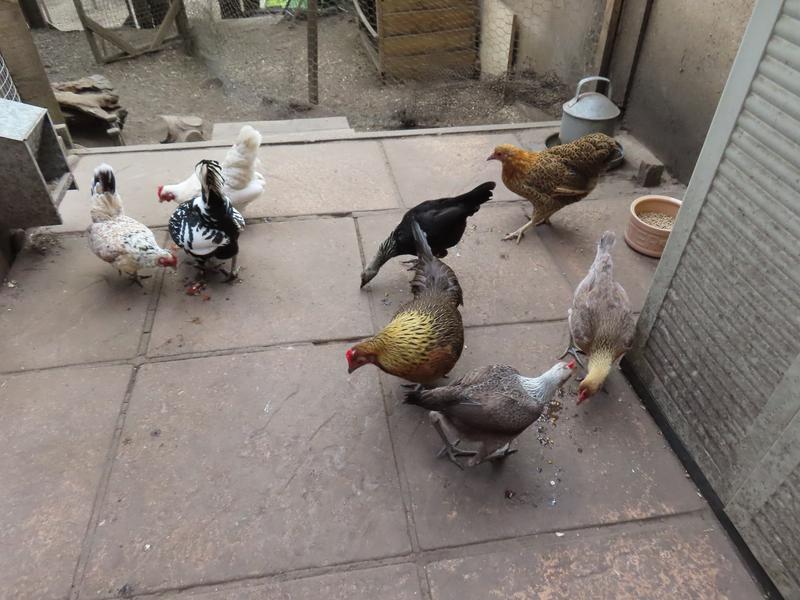
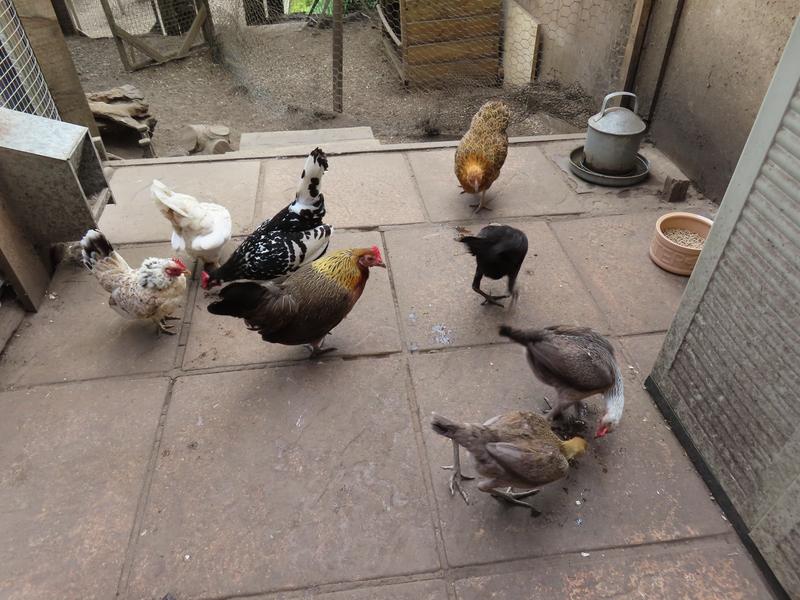

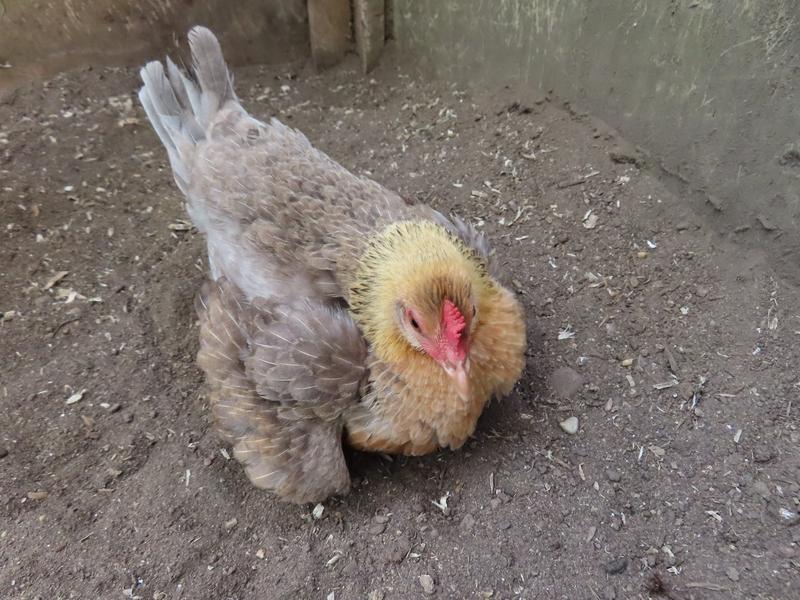
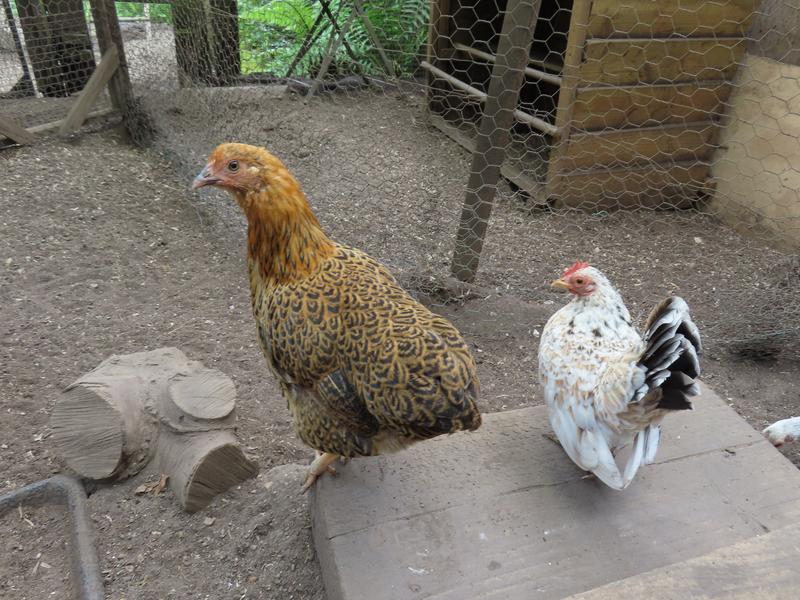
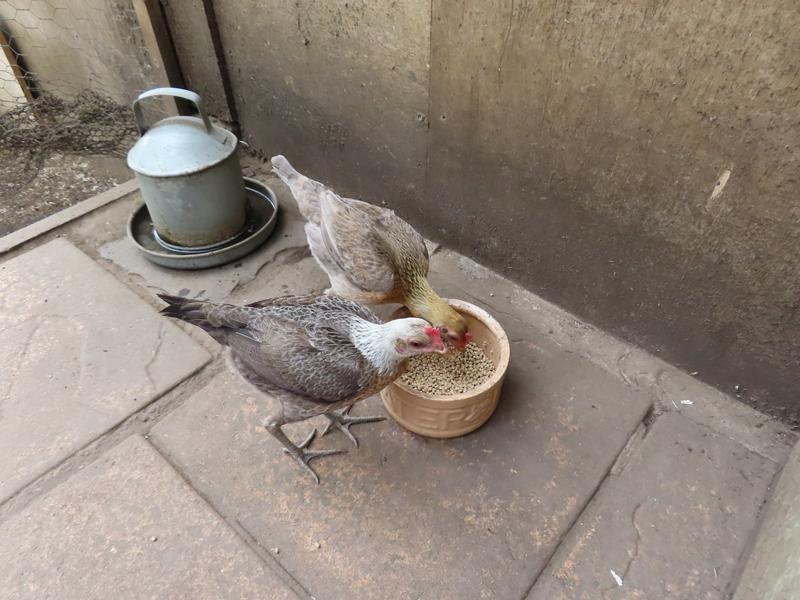
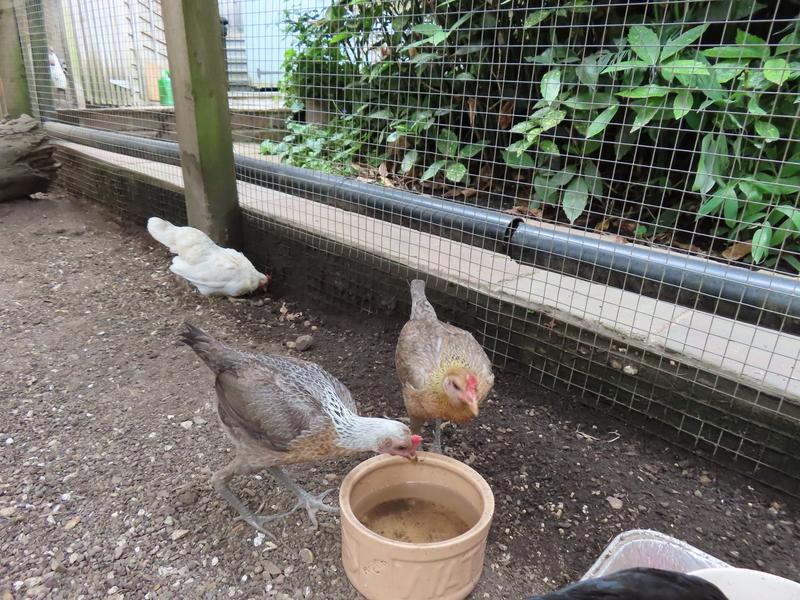
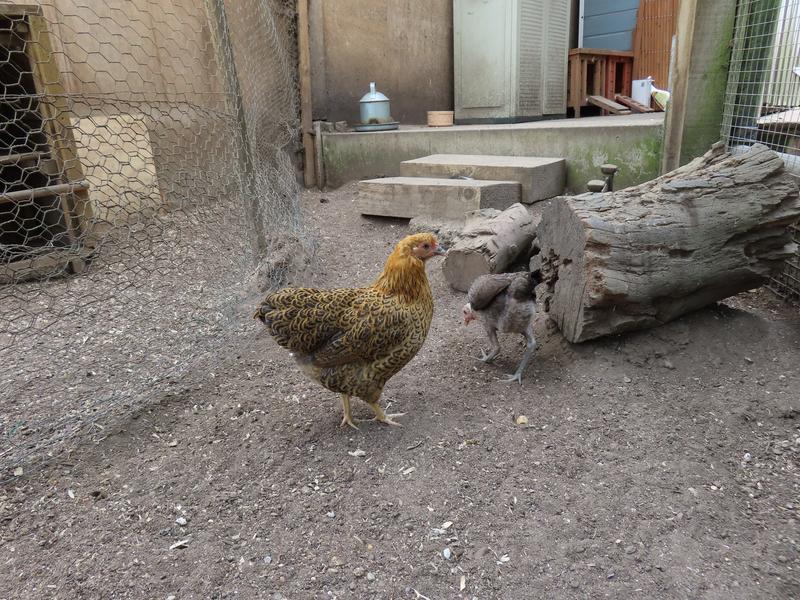

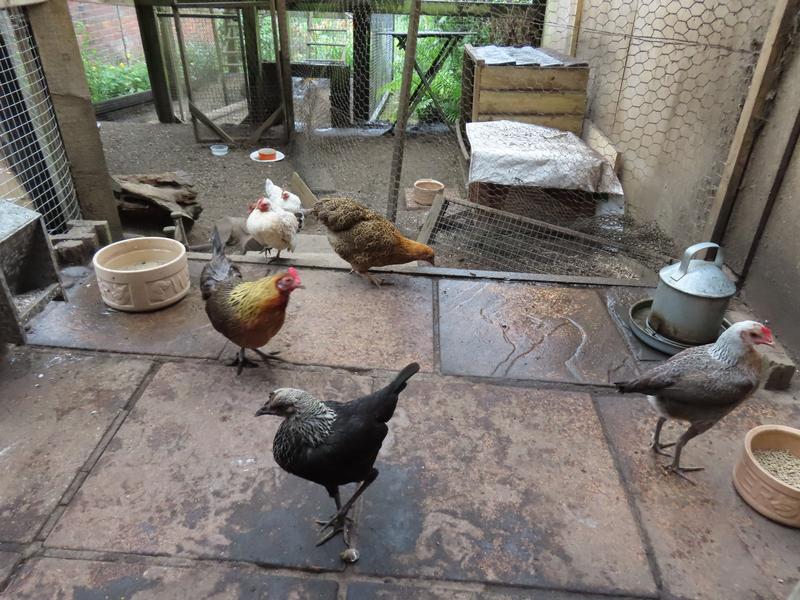
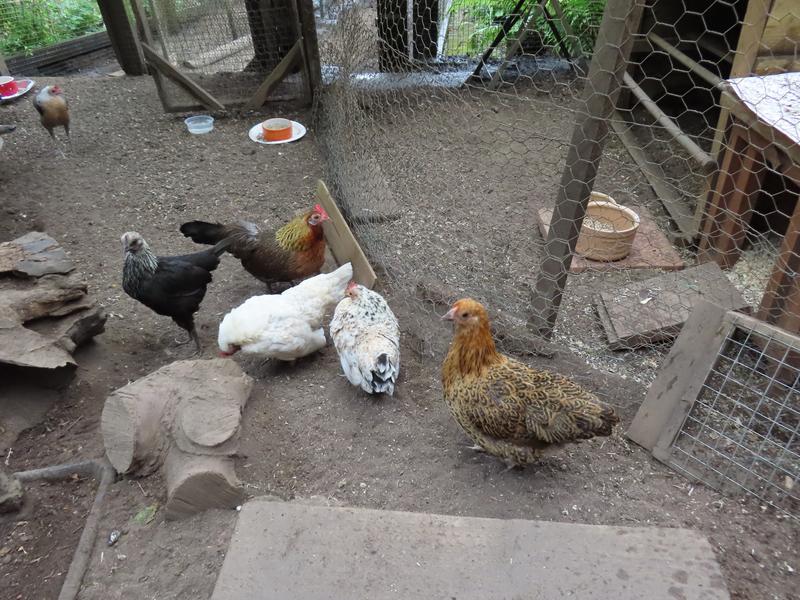
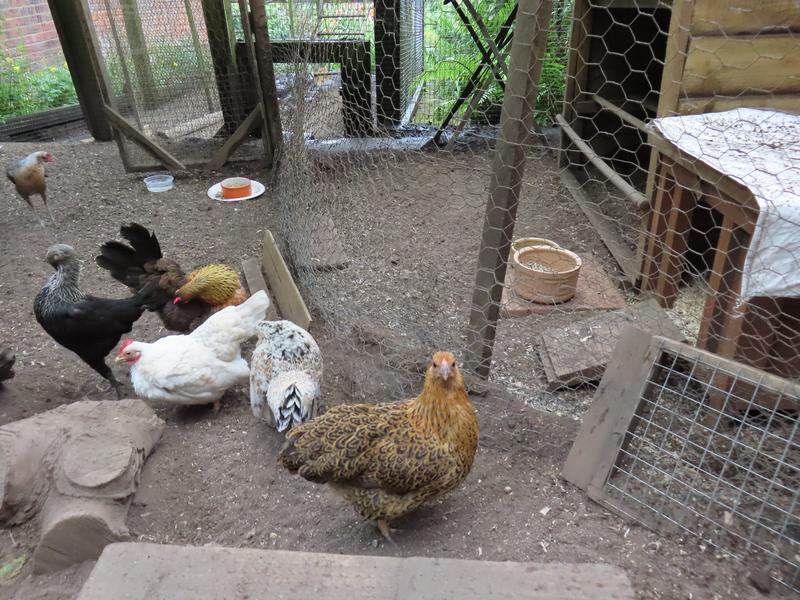
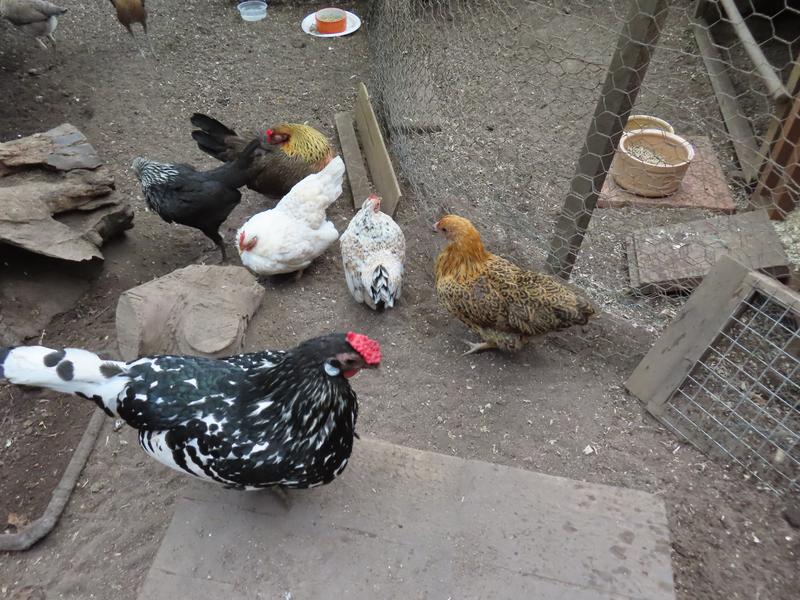
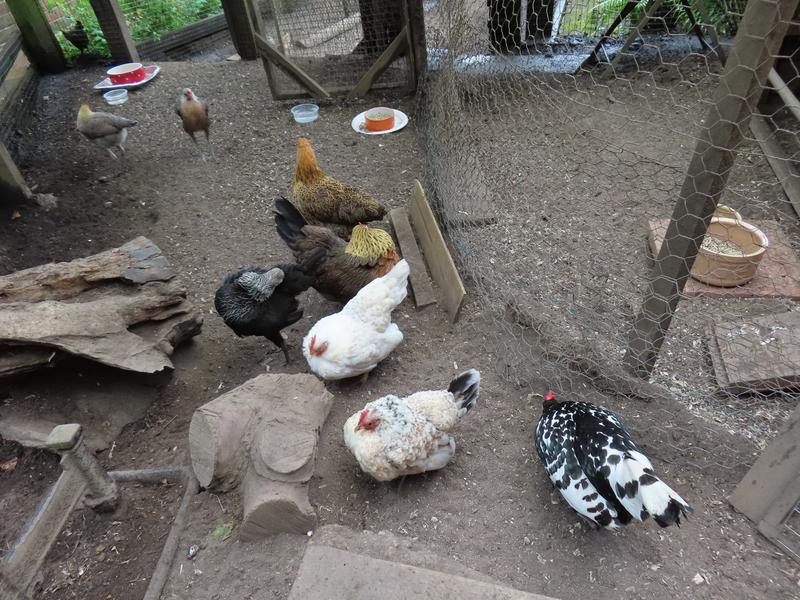
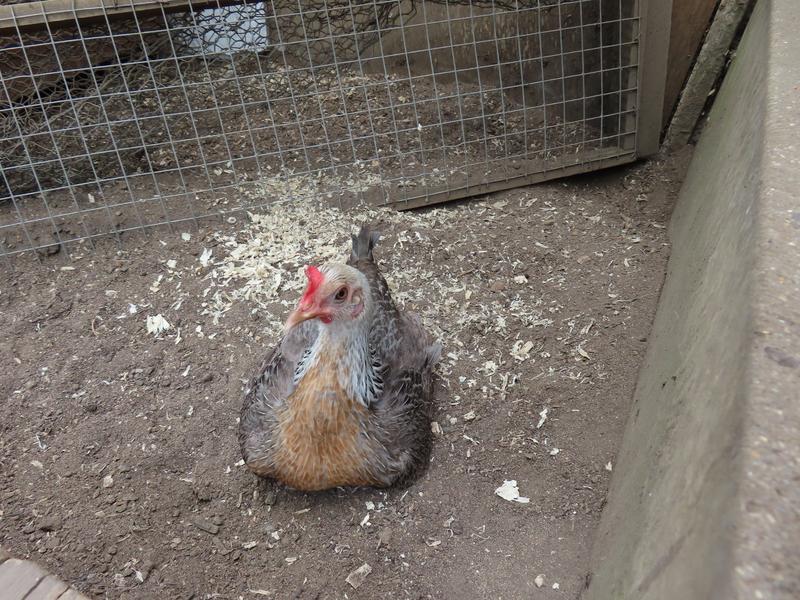
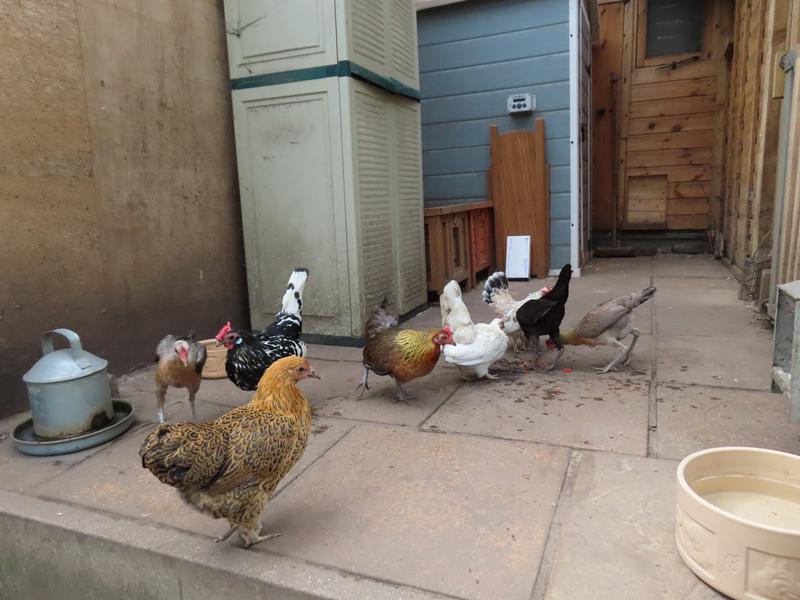
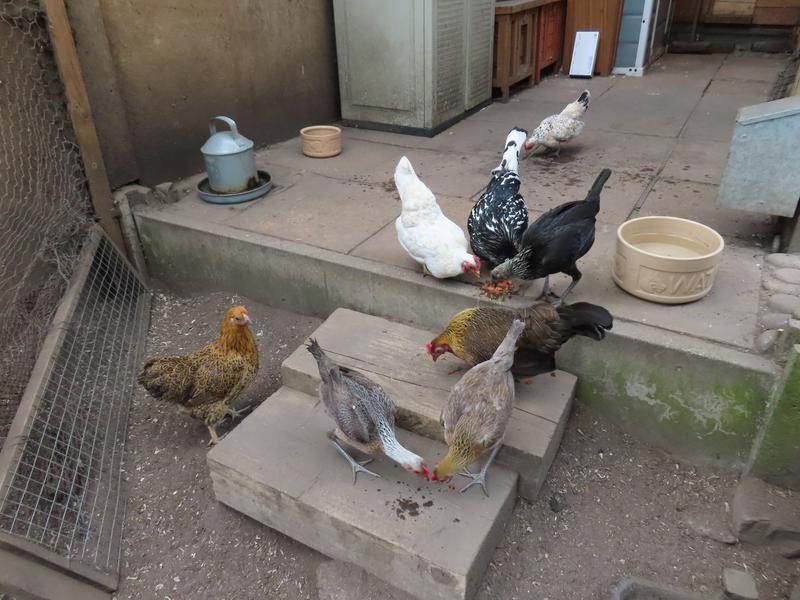
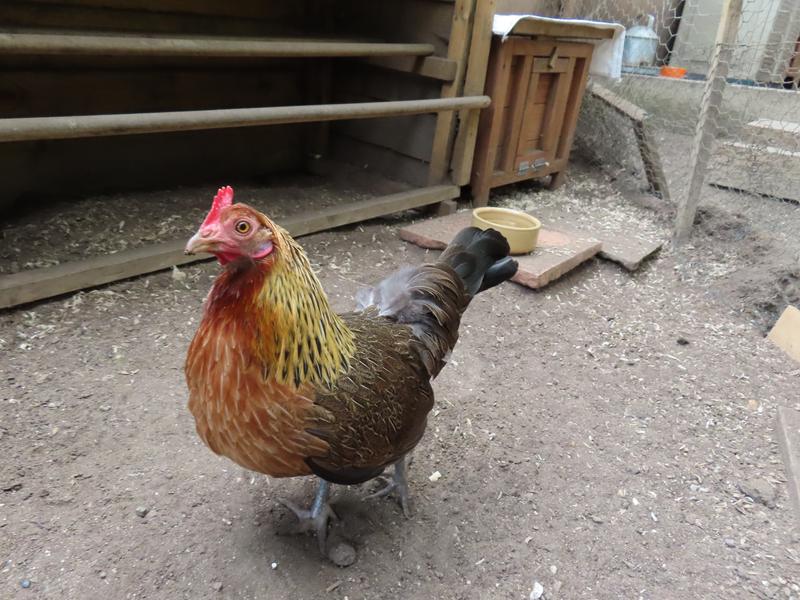
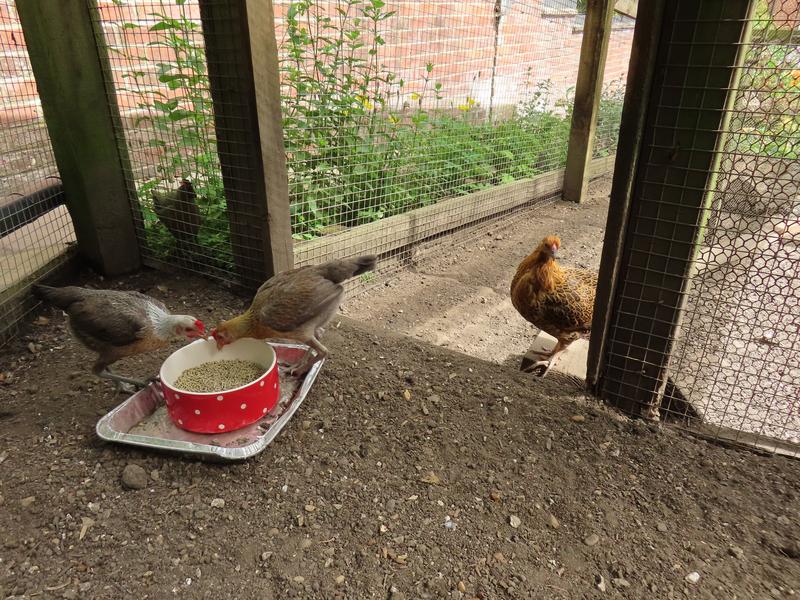
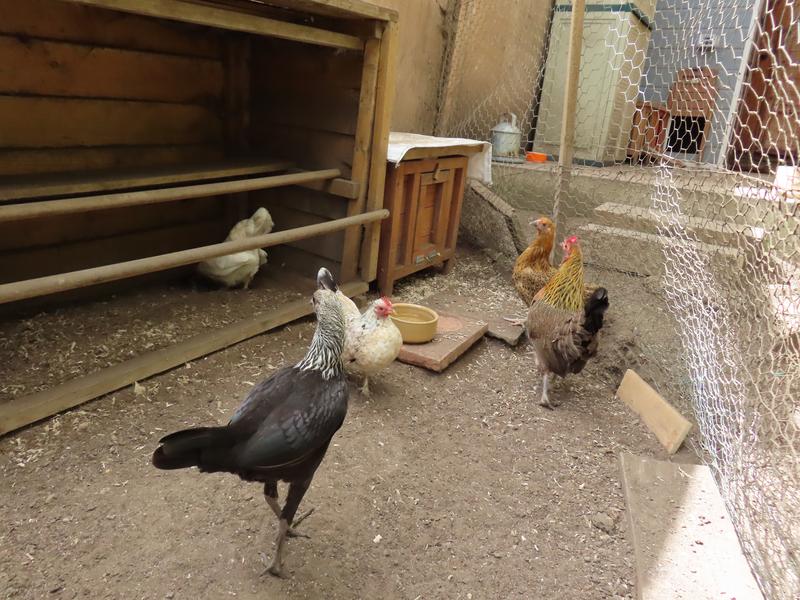
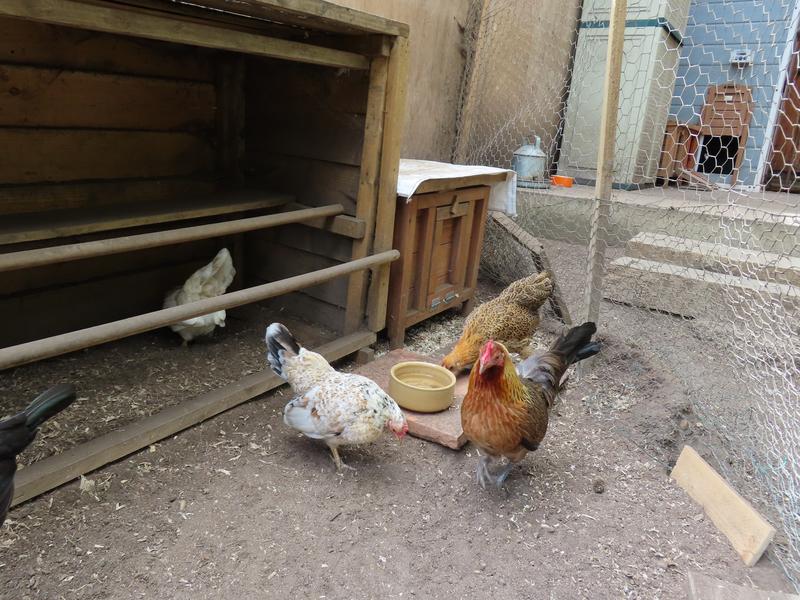
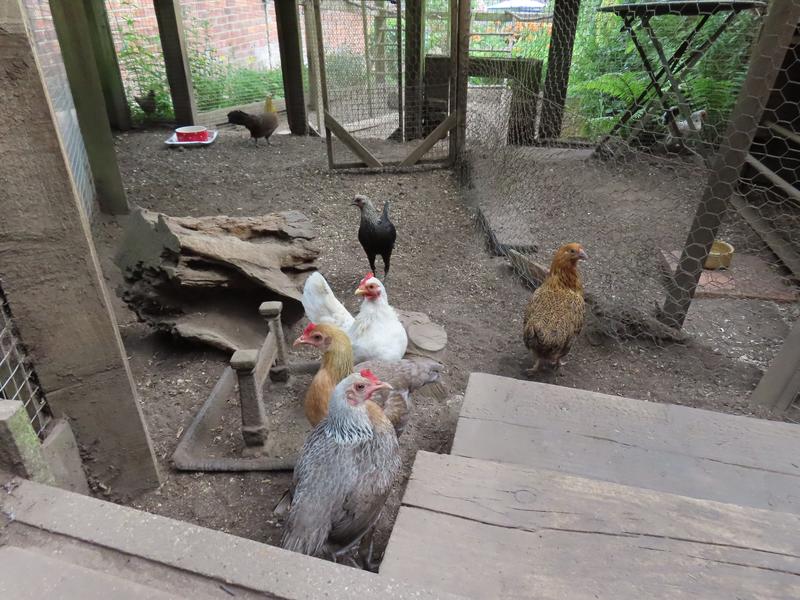
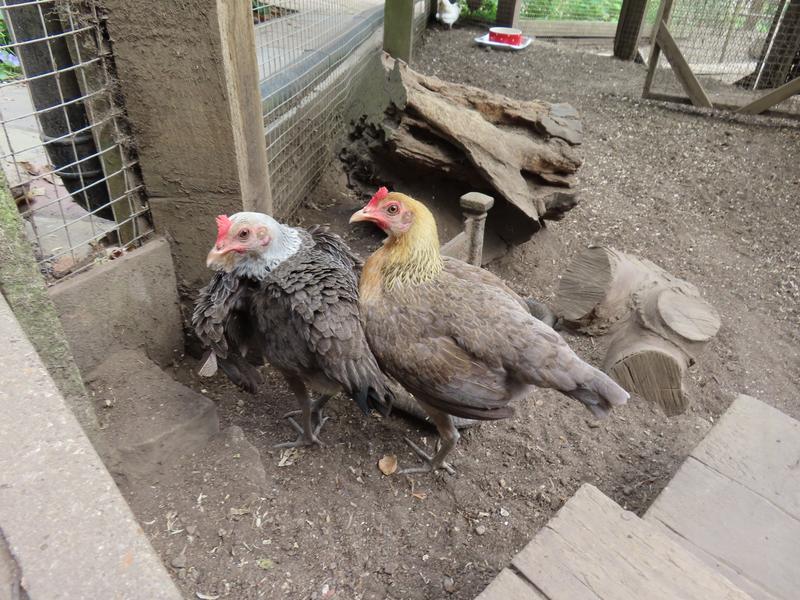
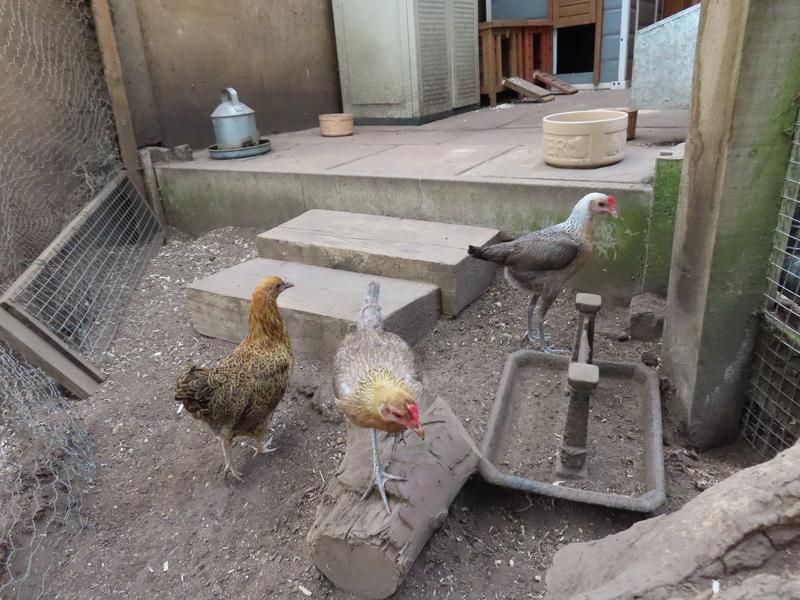
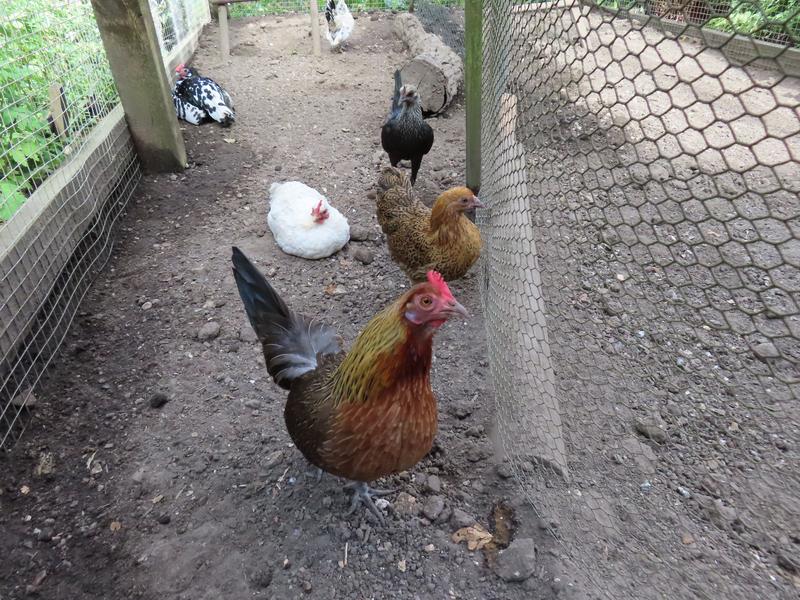
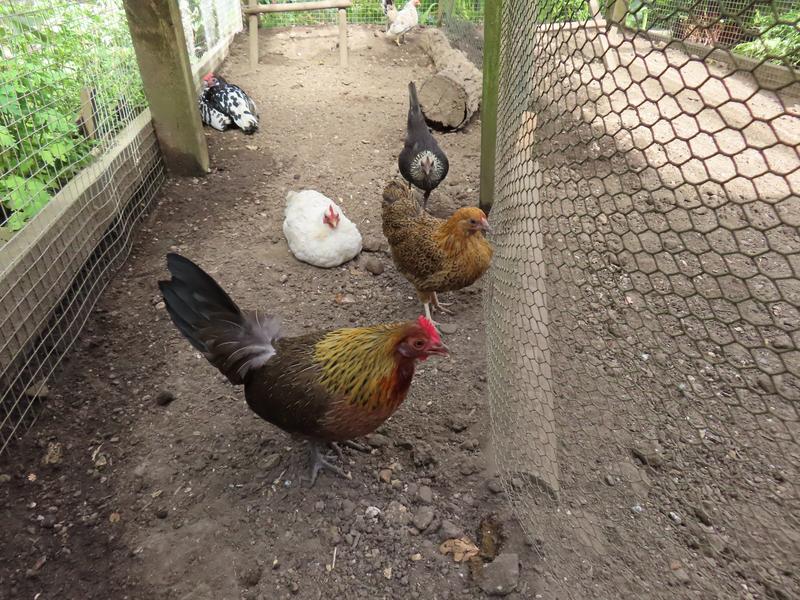
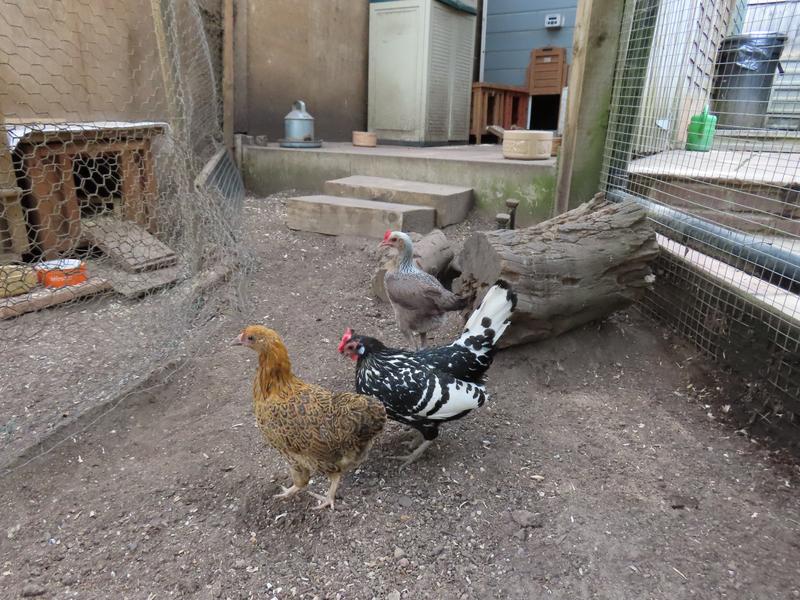
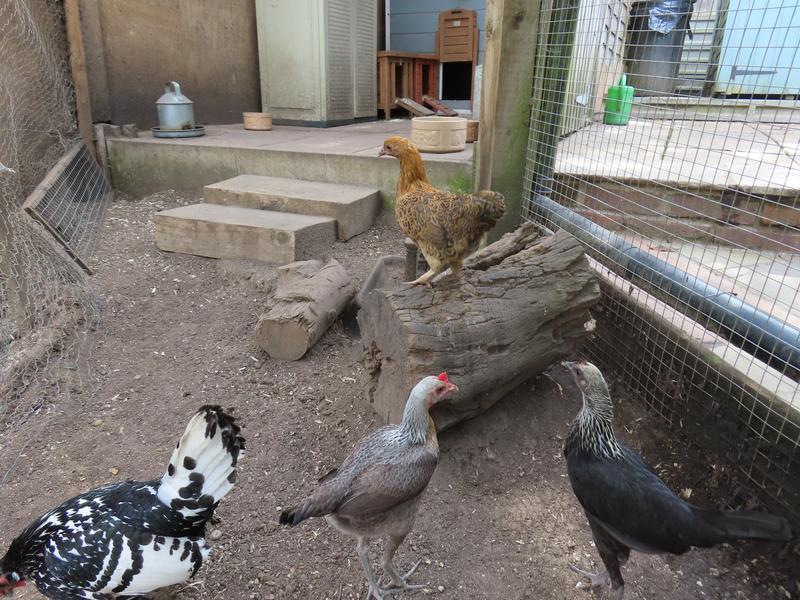
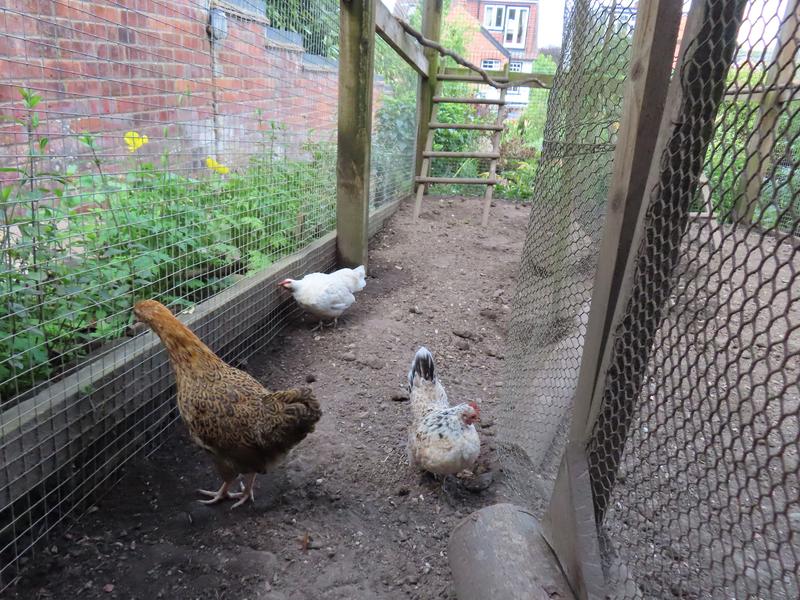
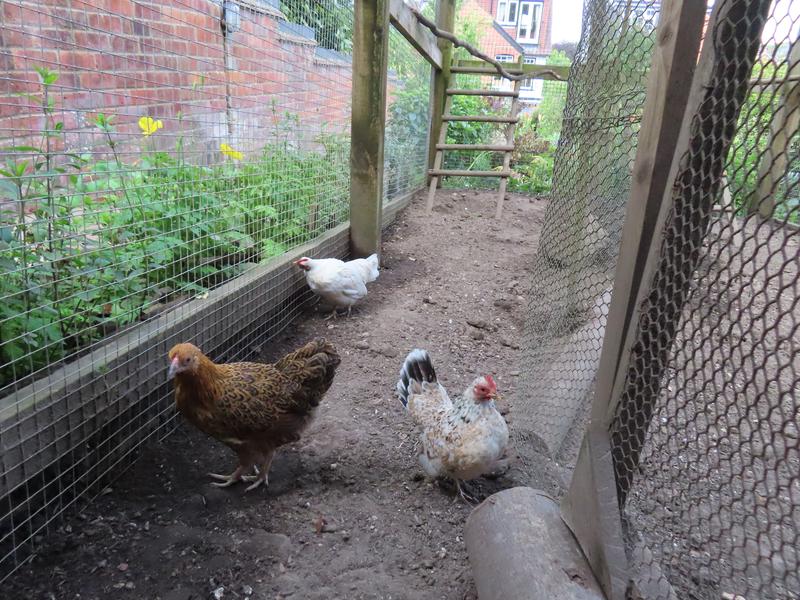
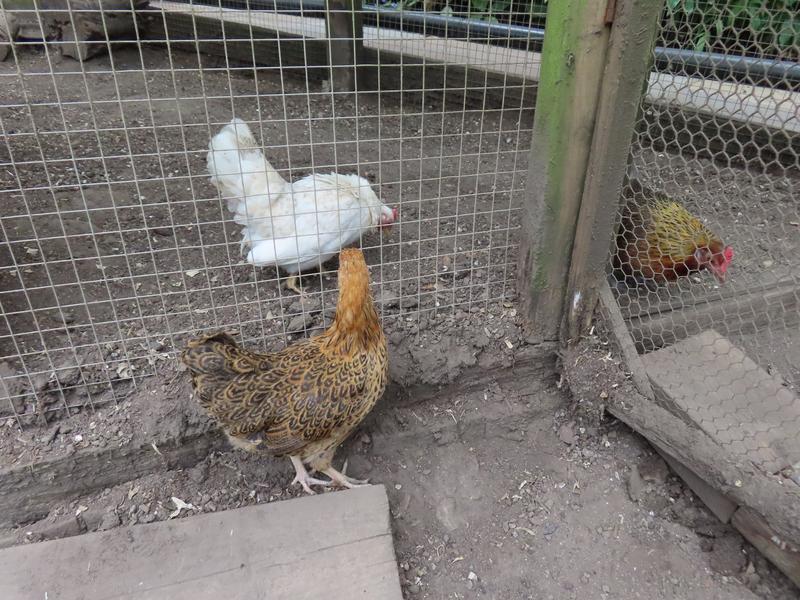
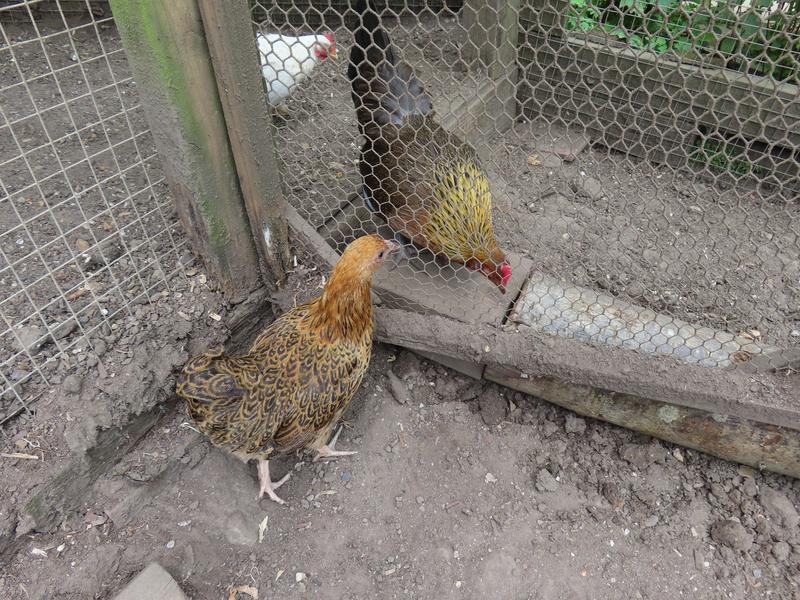
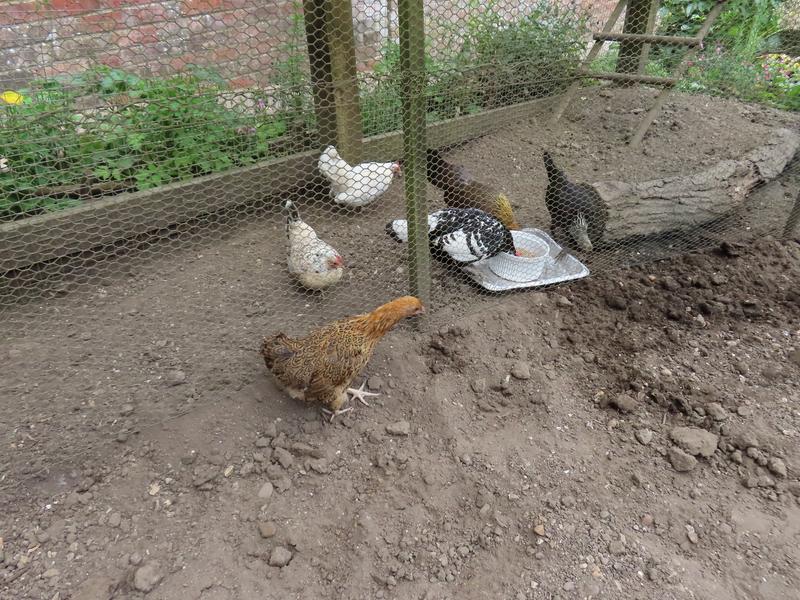
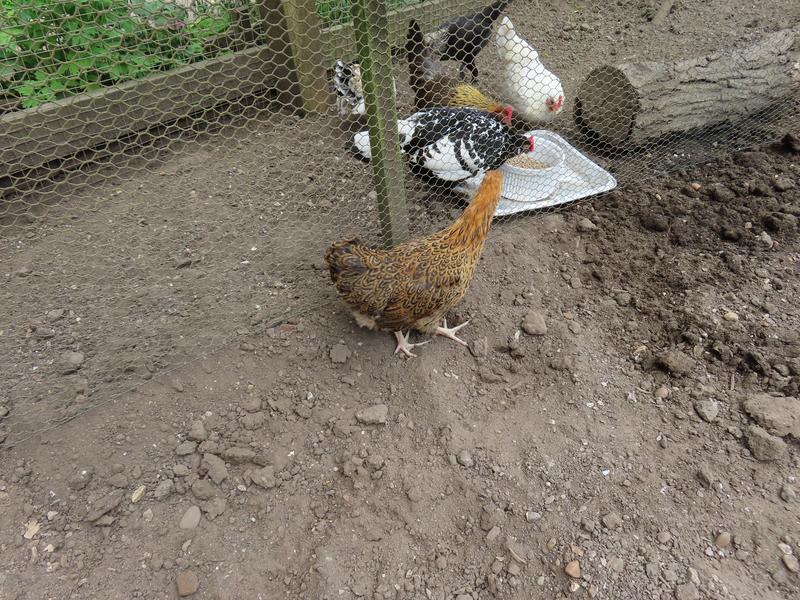
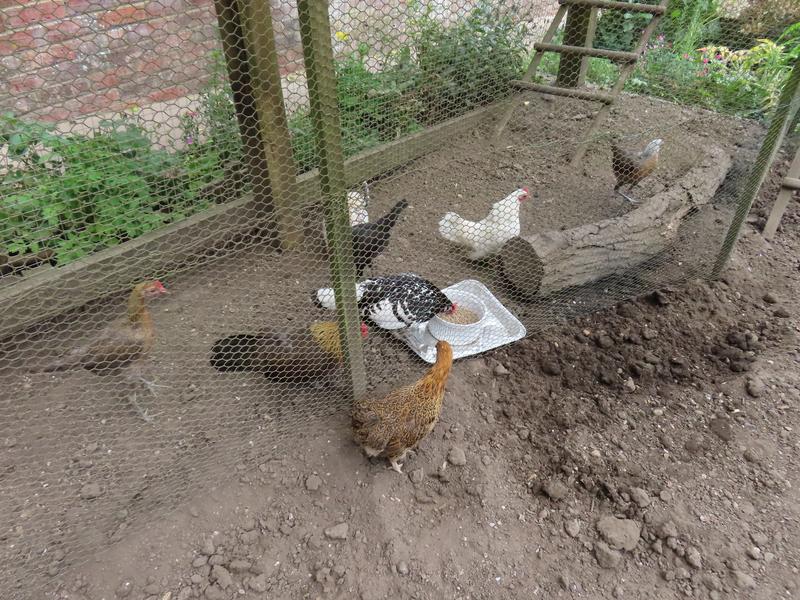
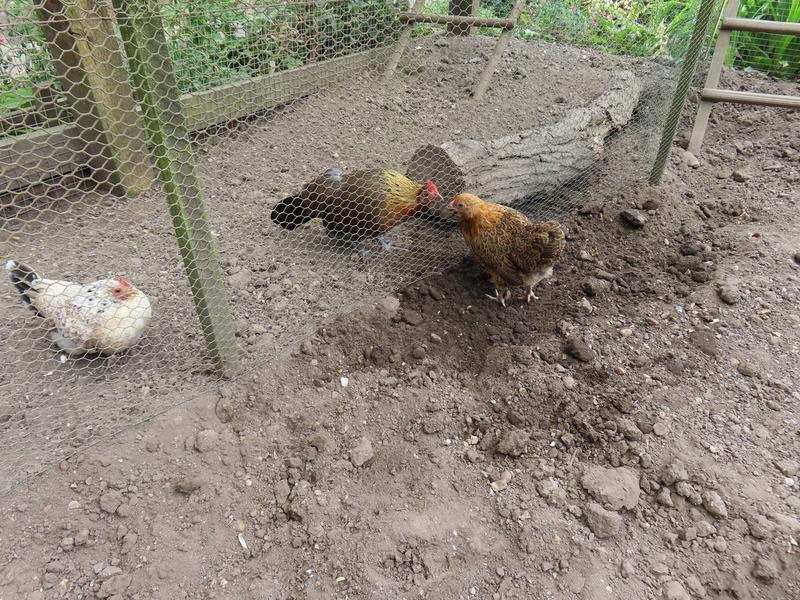
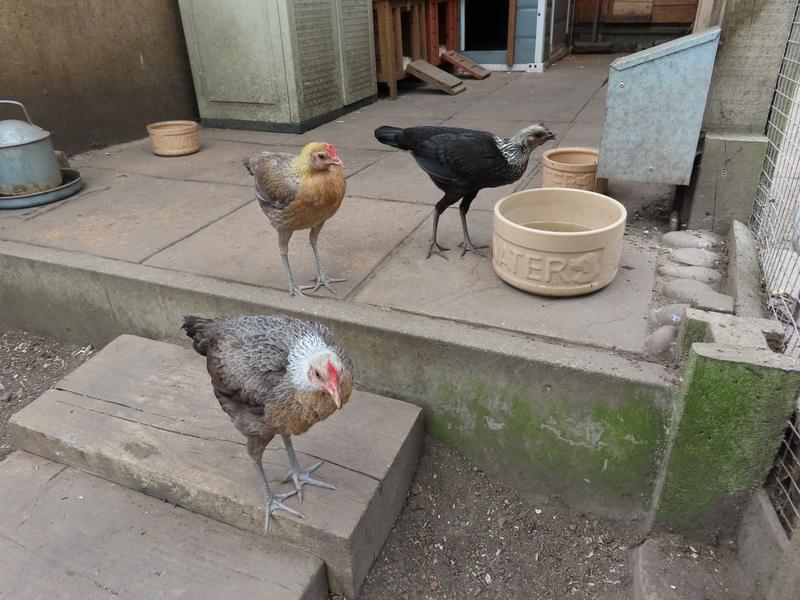
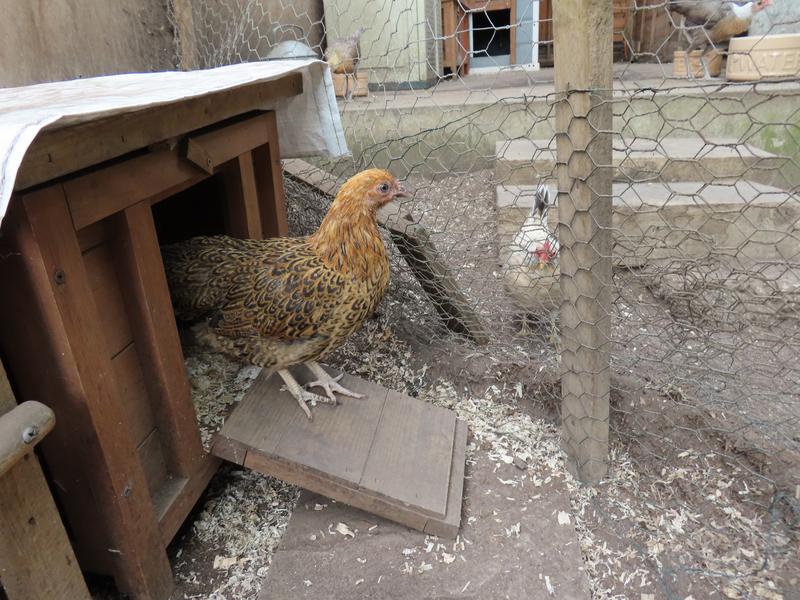
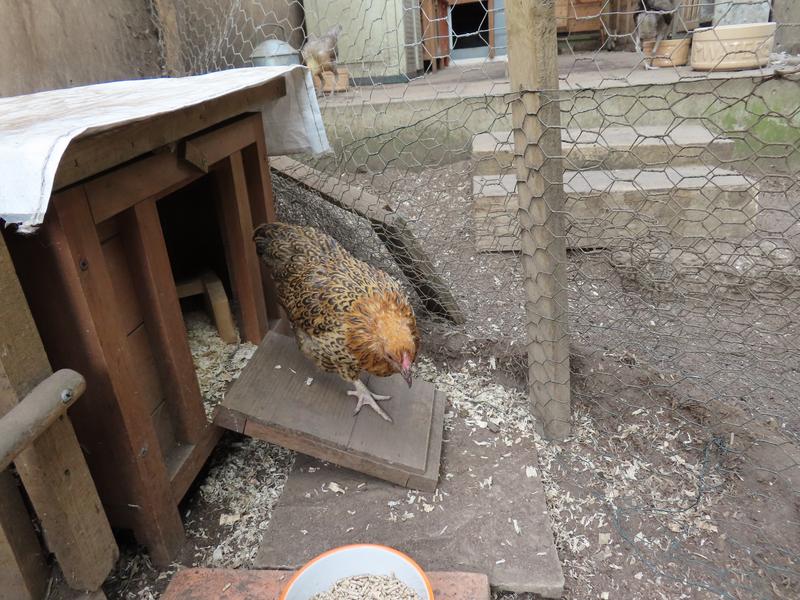
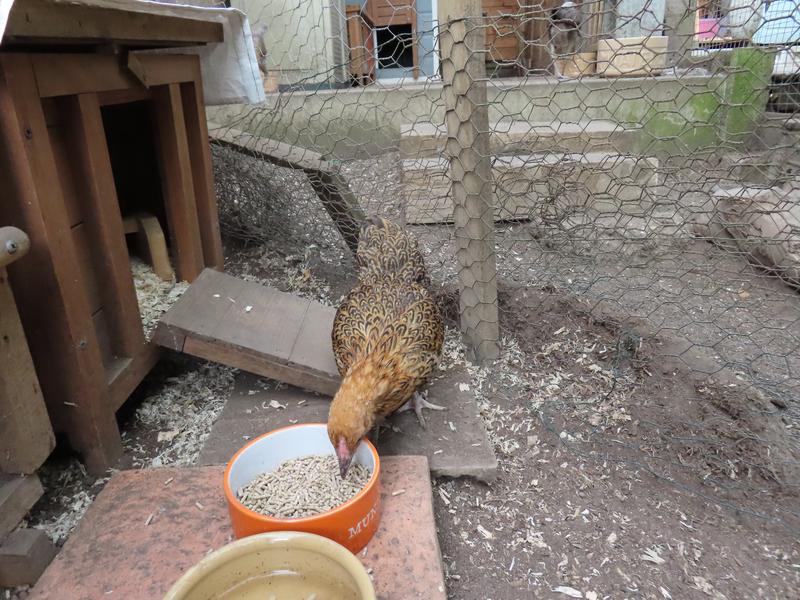
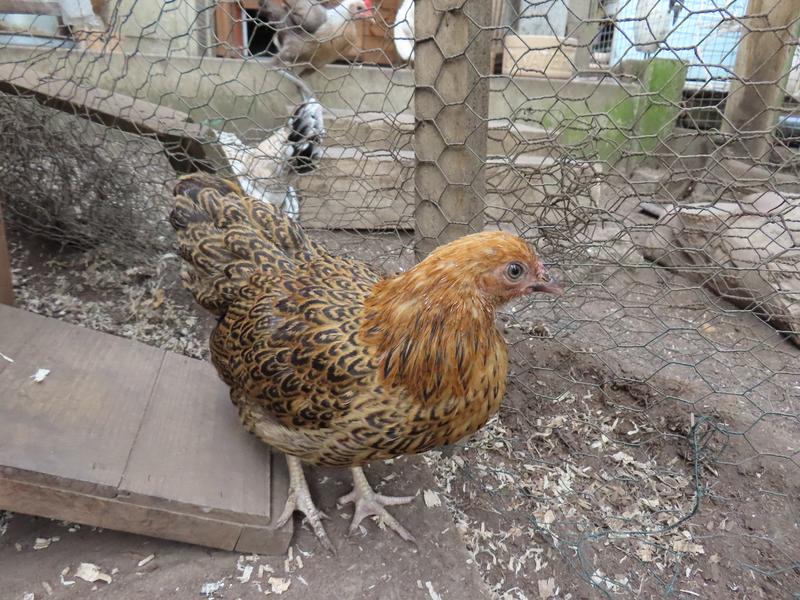
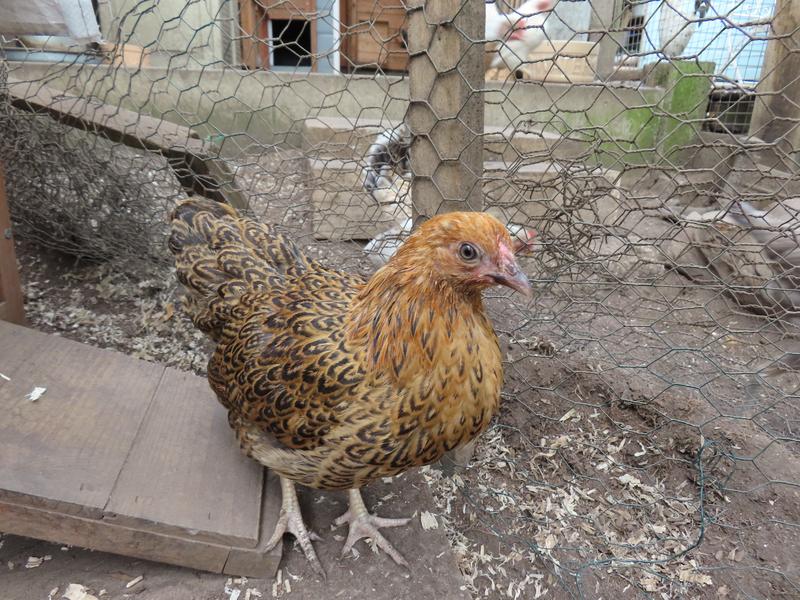
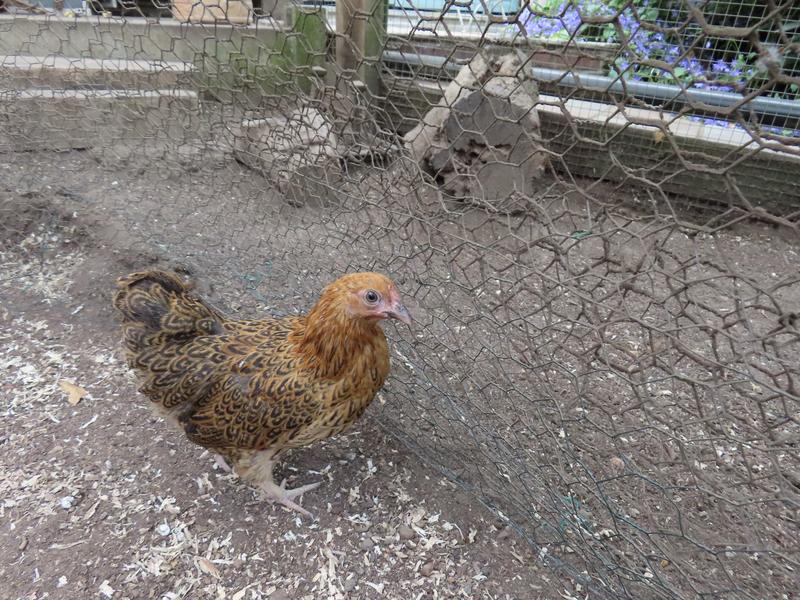
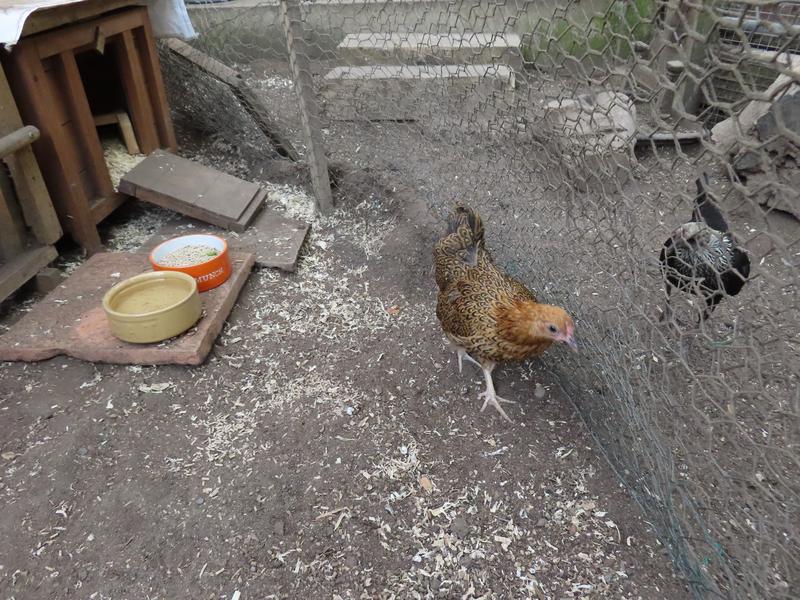
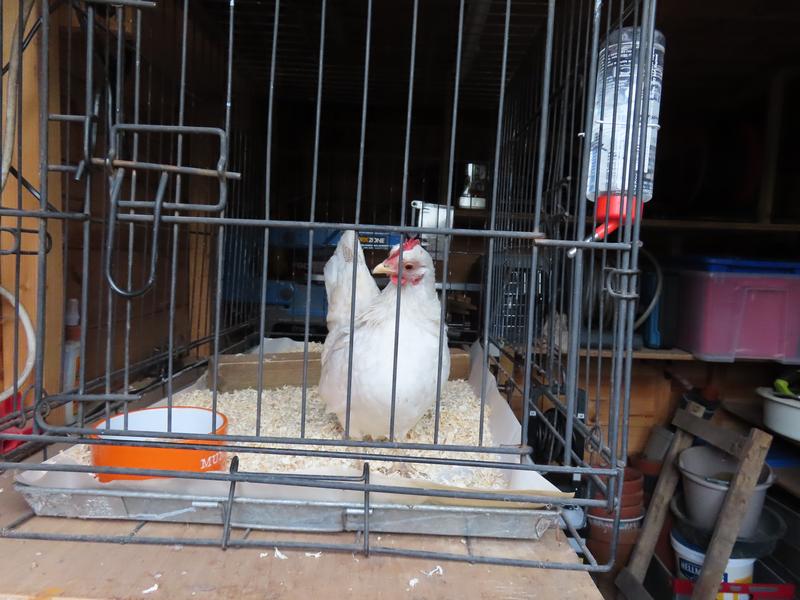
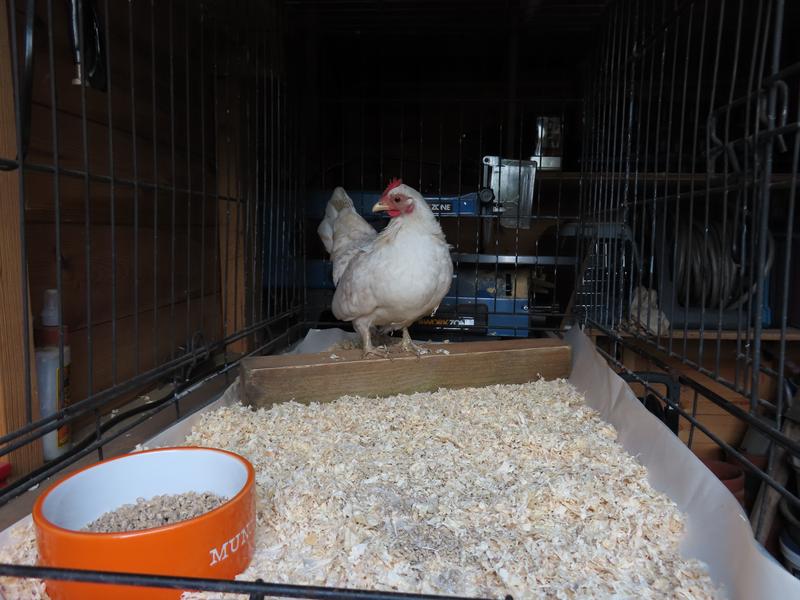
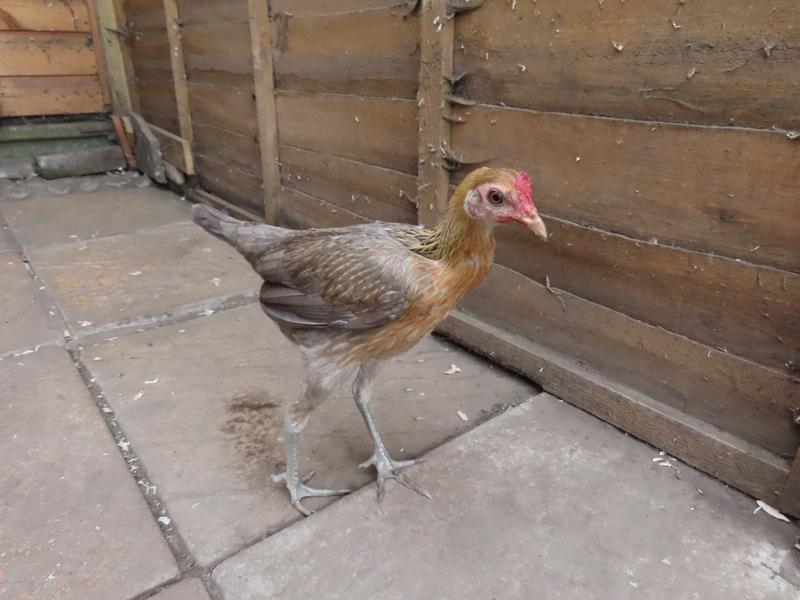
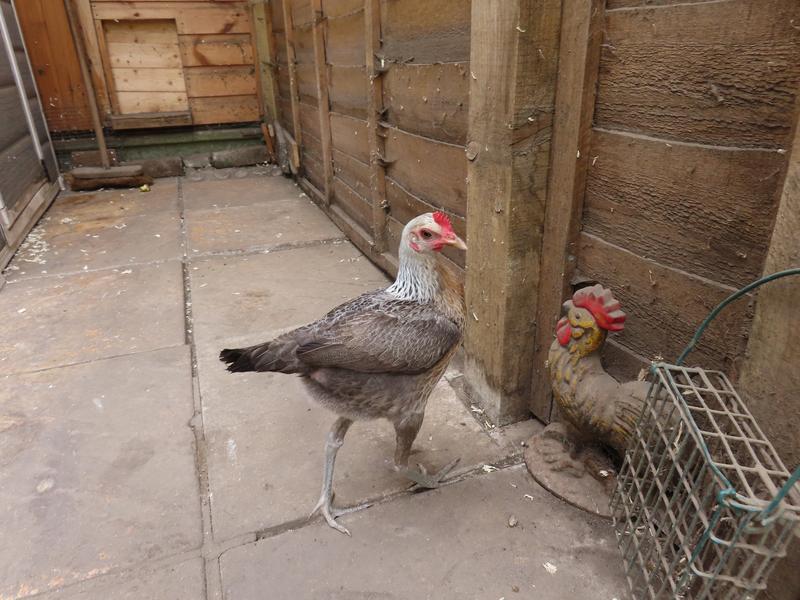
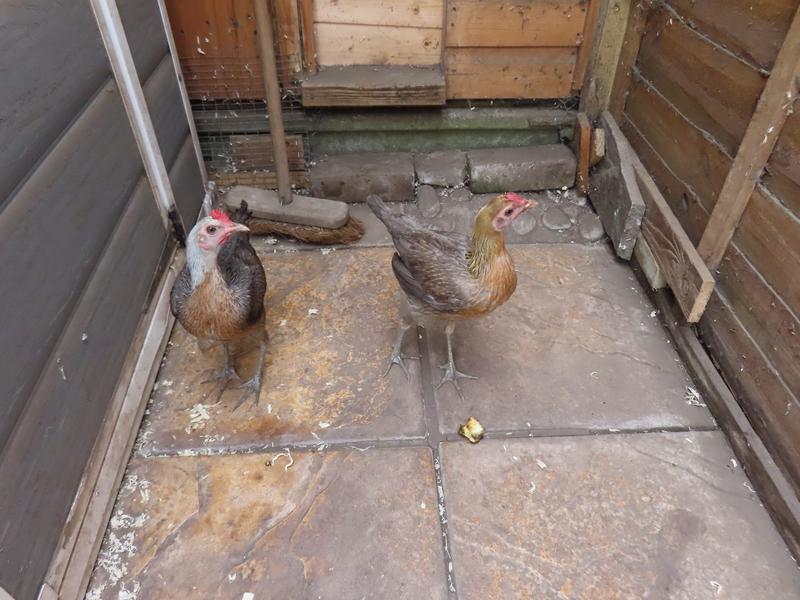
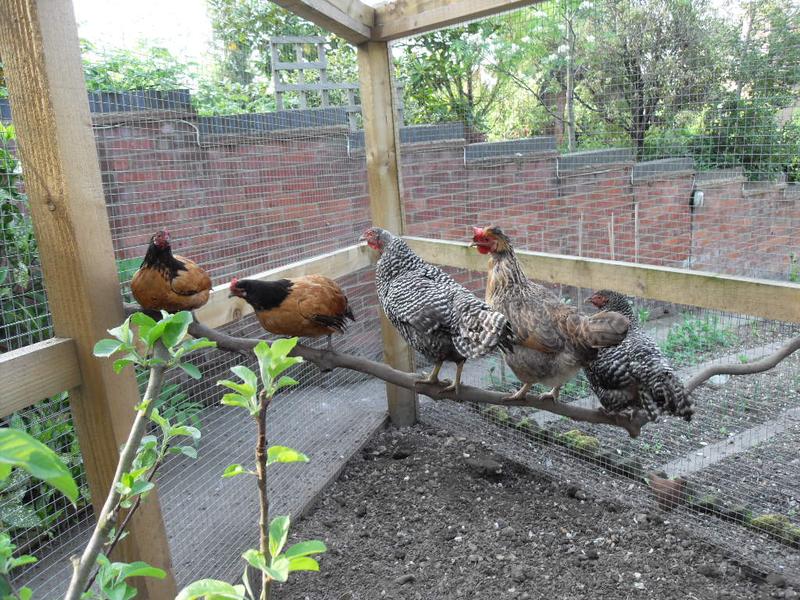 Click here to see the history of my flock.
Click here to see the history of my flock.